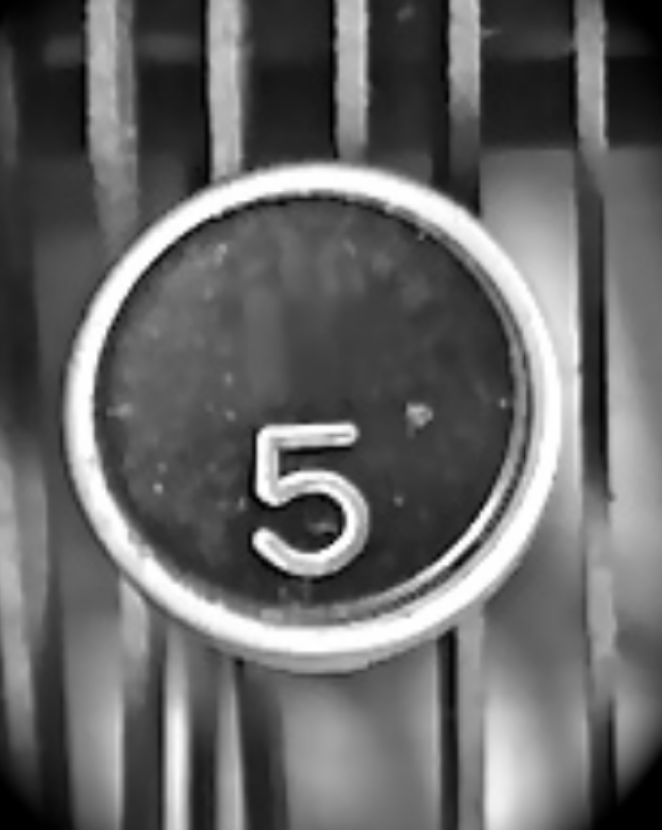5 HOT BOOKS: Rocker Patti Smith's Moving Memoir, Ta-Nehisi Coates's Novel, and More
/1. Year of the Monkey by Patti Smith (Knopf)
Smith is distinguished by her gift for finding art everywhere, and that capacious talent is on full display in her newest memoir, of the year she turned 70. She begins on New Year’s Day 2016 at the Dream Inn in Santa Cruz, California, mixing Nescafe tubes and hot water for instant coffee, and ends on her reflection on the year: “heart-wrenching injustices constituting the new facts of life.” It was the year Donald Trump was elected, Smith sat vigil with her dying friend Sandy and helped another dying friend, Sam, finish his book. Though Smith has written other acclaimed memoirs, such as the National Book Award-winning Just Kids, this is her most moving.
2. The Second Founding: How the Civil War and Reconstruction Remade the Constitution by Eric Foner (W.W. Norton)
Foner, the eminent historian who won a Pulitzer Prize for The Fiery Trial: Abraham Lincoln and American Slavery and was a finalist for Reconstruction: America’s Unfinished Revolution, 1863-1877, returns to the Reconstruction era in his new book, which appears at a time of renewed interest in the period amid debates involving reparations. Foner reminds readers that the 13th, 14th, and 15th amendments – which abolished slavery; established birthright citizenship and equal protection of the law; and gave black men the right to vote, respectively – were so revolutionary that they have been known as the nation’s “second founding.” He convincingly illustrates how these amendments, met with resistance, were very difficult to enforce, enabling Southern governments to disenfranchise African Americans, especially after Abraham Lincoln’s successor Andrew Johnson, a virulent racist, took office.
3. Tools and Weapons: The Promise and the Peril of the Digital Age by Brad Smith and Carol Ann Browne (Penguin Press)
There are times, Smith and Browne argue, “when it is in everyone’s interest for the government to step in with more regulation.” Central to their book is the idea that companies that create technology must step up and assume responsibility for its future, and in an era of anti-regulation, it is rare that a corporate entity would seek more regulation, but that’s just what Smith and Browne, Microsoft’s president and senior director of communications, respectively, are promoting. They make a compelling case that the tech sector has benefited from freedom and that the greatest risk to the industry isn’t that government will move too fast but rather that it will move too slowly on establishing boundaries.
4. The Water Dancer by Ta-Nehisi Coates (One World)
Coates, known for his powerful essays and books such as his 2015 National Book Award-winning Between the World and Me, makes his fiction debut, affirming the talent that won him a MacArthur Fellowship. Rather than the sort of ripped-from-the-headlines novel served up by so many others who work in fact and argument, Coates’ richly imagined fiction adds new dimensions to the slavery experience by creating an alternate universe, one featuring Hiram Walker, an enslaved boy in pre-Civil War Virginia on a tobacco farm with a photographic memory that includes everyone except his mother, who was sold at auction when he was just 5 years old. His plantation in decline, Hiram continually recalls his ancestors and is recruited to the “Underground,” a network of agents, and draws on his magical powers and storytelling gifts in this compelling novel.
5. The Dutch House by Ann Patchett (Harper)
Patchett has a magical way of inspiring readers to root for her self-focused characters, ones who would be avaricious and selfish in the gaze of another novelist, in her latest family saga, this one with a brother and sister at its heart. The brother narrates, in an almost wistful tone, the family experience through the lens of the vast windows of the ornate mansion in Elkins Park, Pennsylvania, that his real estate-savvy father bought for his family. The disappearance of the tycoon’s wife cements the relationship between his children, who had grown estranged from him and their new stepmother, and Patchett tells their story through intimate portraits of family dynamics, creating a wondrous novel of enduring resonance.










